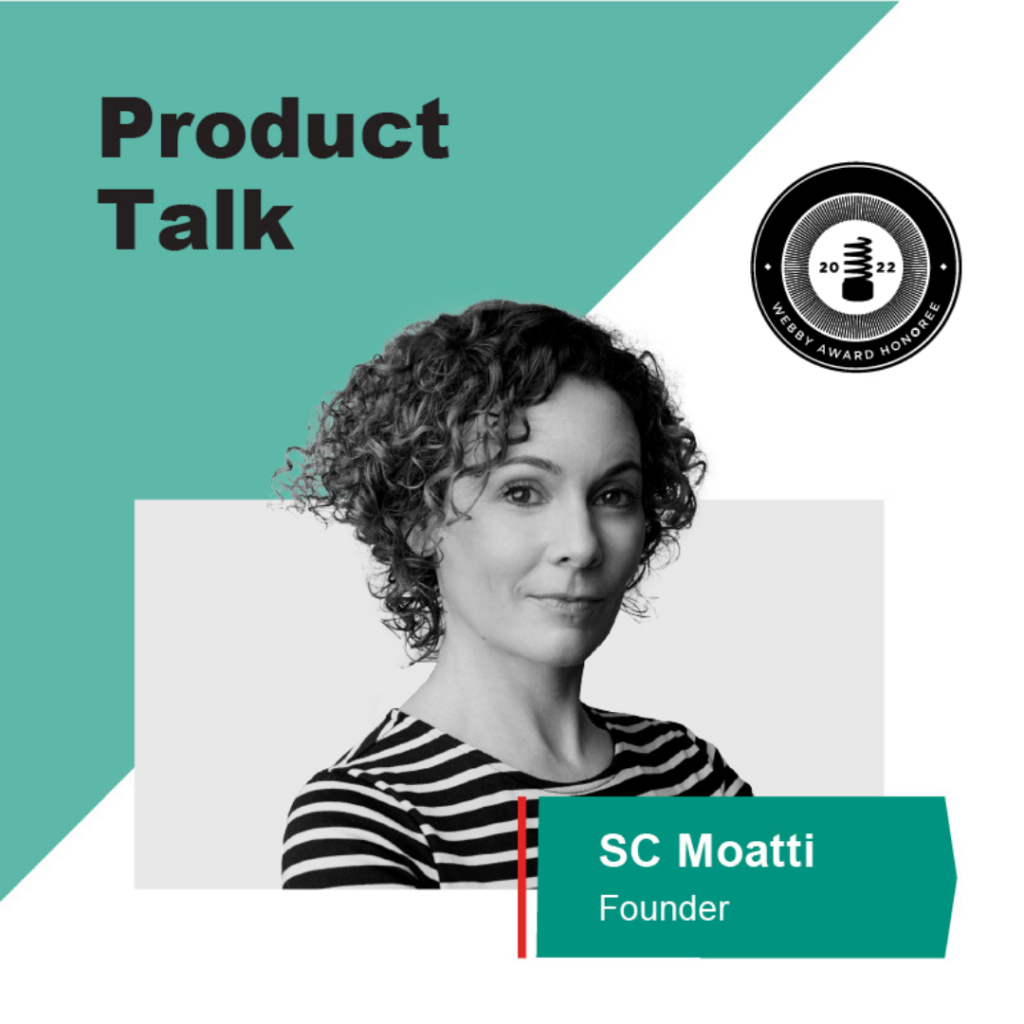Introduction
“We have a very ambitious vision at row two become a patient’s first call and a provider’s first choice. And it really comes down to what goals and outcomes are we going to prioritize and in what order.”
Though Jessica Prager may have started her career as an analyst for an investment and wealth management corporation, she found herself favoring product after joining ClassPass in 2015. The digital fitness company was the ideal transition for her current role as VP, Product at Ro, a “patient-driven telehealth company.” Since January 2018, when she joined as Director of Product, Prager has been finding new ways that telemedicine advances the healthcare industry. When she joined Ro, she sought the opportunity to “help build a business and a product from the ground up.”
In this episode of Product Talk, product exec and host Samantha Scott sat down with Prager to discuss her time at Ro. The two specifically steered the conversation toward how telemedicine and the advancements being made thanks to product and technology. Prager discusses the healthcare industry’s current issues and how products like Ro can help streamline patient care to build a more efficient system. You can listen to their conversation in the full episode of Product Talk above.
Below, you’ll find an abridged version that puts the spotlight on notable moments throughout the podcast.

On the Appeal of Ro
Prager may have joined Ro with absolutely no healthcare experience under her belt, but that didn’t stop her drive. To her, there were a few reasons attracting her to Ro. But she described one of the biggest near the top of the conversation.
“The mission around wanting to increase access to health care and also break down barriers where people in the past may have not seen sought care for conditions or needs that they have, and really empower them to take control of their health. That was something that I was really motivated by and excited by.”
On the Current Healthcare System
The United States healthcare system has always been a hot-button topic. Its inefficiencies are often pegged as being life-threatening and selective. According to Prager, Ro can improve the experience, which she demonstrates by breaking down the timeline of simply seeing a doctor.
“If you think about the experience that a patient has today, navigating the traditional healthcare system, on average, it takes 29 days to make an appointment. And that actually usually ends up lasting around 12 minutes once the patient gets into the doctor’s office, and most of the physician’s time is spent on administrative tasks required for insurance billing. So there’s so much inefficiency and mismatch of high-value activities versus low-value activities.”
“Once they actually get a prescription or get treatment, patients, on average, have to wait 45 minutes at a retail pharmacy to pick up their medication. And that’s not only expensive, it’s inefficient. And the time and cost barriers alone are enough to keep many from going to the doctor at all.”
How Telemedicine Advances Healthcare
After breaking down the long and inefficient healthcare process, Prager continues by discussing where telemedicine and technology comes in.
“For us, that means really bringing it together with building a telemedicine system that includes an integrated nationwide physician network, and a nationwide pharmacy network so that we actually can make sure that all of those experiences are coming together and speaking to one another, whereas in reality, they’re disjointed.”
On How Ro Differentiates from Other Telemedicine Services
Products entering the market should offer something new. Those that reinvent the wheel are likely to see no growth and fail right out of the gate. For Ro, there was one area of improvement in telemedicine that the team decided to focus on. By doing so, it helped differentiate its purpose and functionality from other telemedicine apps. Prager explains, stating:
“One thing that is unique about Ro’s approach to telemedicine is really taking a jobs-to-be-done approach for healthcare. So, one of our most powerful and unique insights was taking this jobs-to-be-done philosophy and applying it to healthcare and what patients are really motivated to solve and why they would come to a practitioner and address something over telemedicine.”
How the COVID-19 Pandemic Affected Ro
When COVID-19 started to sweep across the world, many companies scrambled to pivot and make the necessary changes. According to Prager, Ro was actually among one of the first to take necessary action.
“We actually were the first telehealth company to launch a free nationwide COVID-19 online assessment and consultation where we took the guidelines from the CDC, the WHO, and built this COVID-19 screening assessment.”
Will Telemedicine Healthcare Thrive After the Pandemic Ends?
People may have used telemedicine more in response to the pandemic. Is there a bright future for the virtual healthcare industry? Prager is incredibly optimistic and explains why she knows telemedicine is here to stay.
“I 100% think that it will continue. Really, what the pandemic has done for telemedicine is pulling forward and accelerating a trend that was already in motion. If you look back, early 2000s, online shopping, it was a trend that slowly crept up over time. And we’re really seeing the same thing with healthcare.”
What Makes a Great Product?
As is tradition with Product Talk, Prager was asked what she believes makes a great product. She explained that “What makes a great product is the use case, and the value to the user is clear. That it’s completely obvious: Why does this exist? That’s first and foremost.”